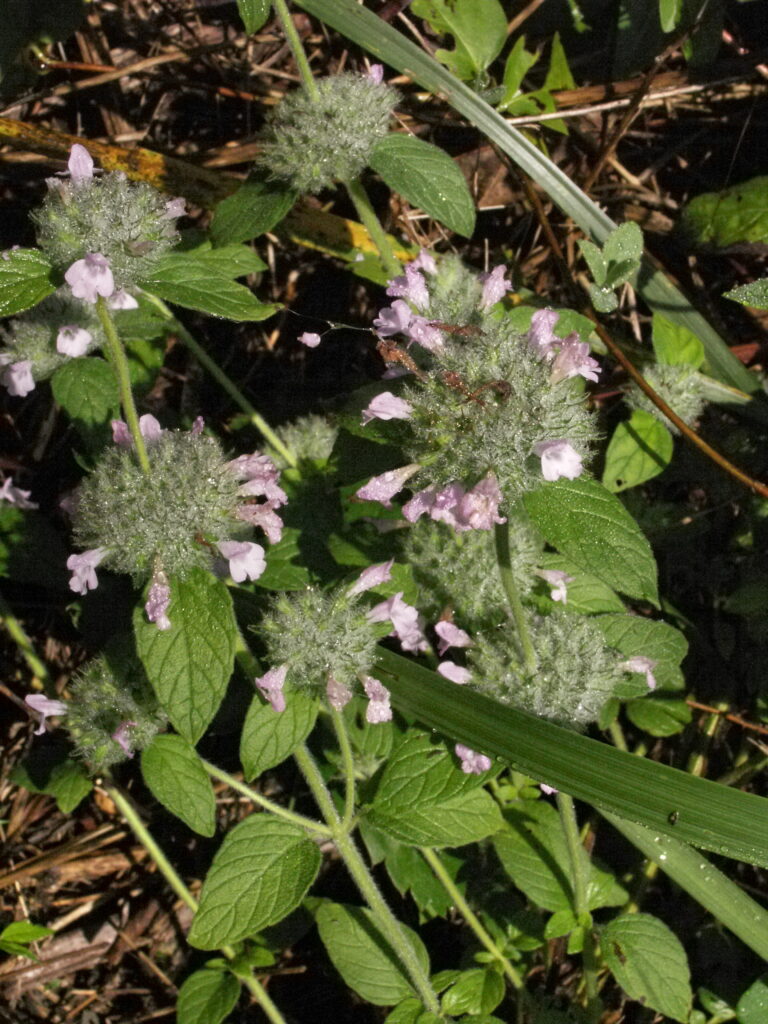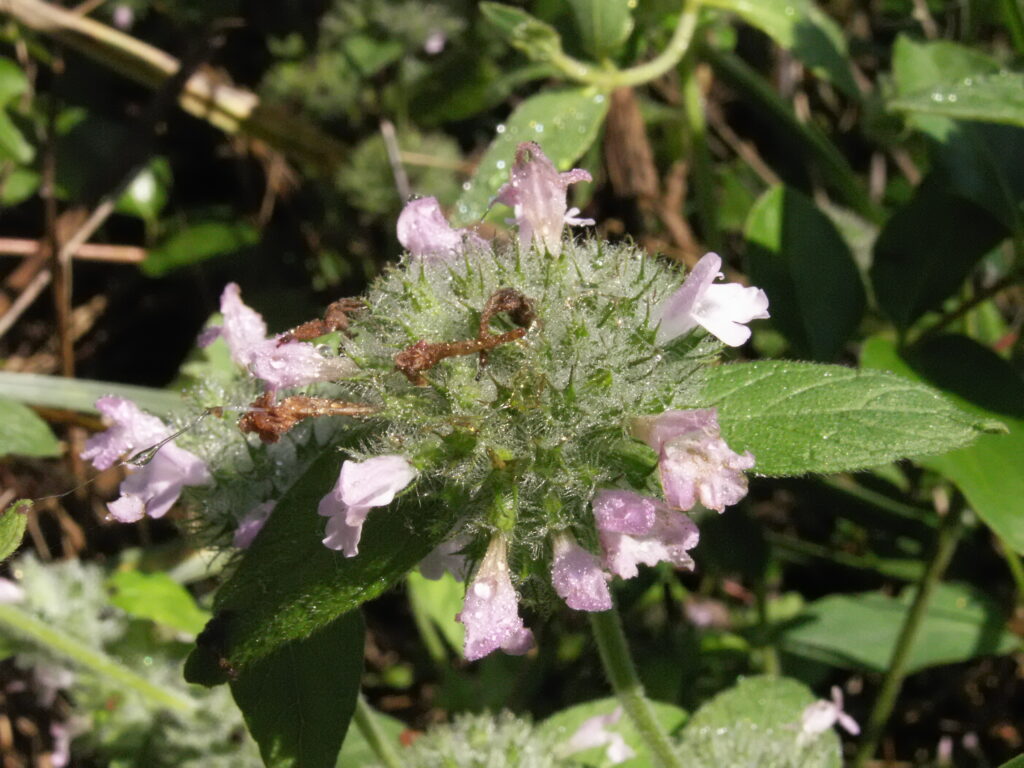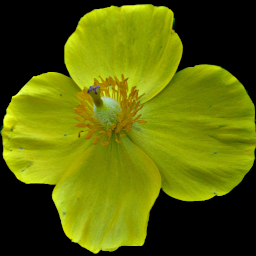
A mint that grows fuzzy heads of pinkish flowers. In many references this is Satureja vulgaris, and it has gone by many other names as botanists have tried to sort out this branch of the mint family. It is either native or introduced or both: the USDA PLANTS database has it as native throughout its range in North America; the Lady Bird Johnson Wildflower Center says that it “is native in the northern part of its range but was probably introduced from Europe, where it is widespread, in the southern part”; other sources list it as entirely introduced.
These plants were growing along the Montour Trail in Moon Township.

















